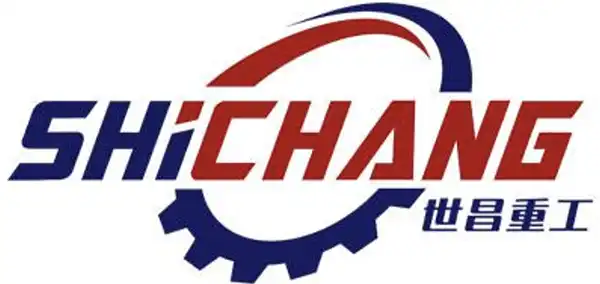Magnetic separator (Magnetic separator) is used in the reuse of powdered particles in the removal of iron powder and other screening equipment. Magnetic separator is widely used in resource recycling, timber industry, mining, kiln industry, chemical, food and other workshops, suitable for particle size of 3mm or less magnetite, magnetic pyrite, roasted ore, ilmenite and other materials, wet magnetic separation, but also for coal, non-metallic minerals, building materials, such as materials in addition to the iron operation, is the industry to use the more widely used, one of the high versatility of the machine type.
Basic structure
Wet permanent magnetic cylinder magnetic separator is mainly composed of 6 parts: cylinder, roller, brush roller, magnetic system, tank and transmission part. The cylinder is made of 2-3mm stainless steel plate rolled and welded into a cylinder, and the end cover is cast aluminum or workpiece, which is connected to the cylinder with stainless steel screws. The motor drives the cylinder, magnetic roller and brush roller for rotary motion through the speed reducer or directly with an infinitely variable speed motor. The magnetic system is an open magnetic system, installed in the cylinder and bare full magnetic. Magnetic block with stainless steel bolts mounted on the bottom plate of the yoke, the yoke’s shaft extends out of the cylinder, the shaft end is fixed with a crutch arm. Trigger the inflection arm can adjust the magnetic system deflection angle, and can be fixed with a pull rod after proper adjustment. The working area of the yoke is made of stainless steel plate, and the frame and other parts of the yoke are welded with ordinary steel.
Working Principle
After the ore slurry flows into the trough body through the feeding box, under the action of the water flow from the feeding spray pipe, the ore particles enter the feeding area of the trough body in a loose state. Under the action of magnetic field, the magnetic ore particles will be magnetized and form “magnetic group” or “magnetic chain”, and the “magnetic group” or “magnetic chain” is subjected to the magnetic field in the slurry. The “clusters” or “chains” are magnetized in the ore slurry and move towards the magnetic poles, and are adsorbed on the cylinder [2]. Since the polarity of the magnetic poles is arranged alternately along the direction of rotation of the cylinder and is fixed during operation, the “magnetic cluster” or “magnetic chain” is entrapped in the “magnetic cluster” or “magnetic chain” when rotating with the cylinder due to the magnetic stirring phenomenon generated by the alternation of the magnetic poles. Magnetic mass” or “magnetic chain” in the vein stones and other non-magnetic minerals in the flip off, and finally sucked in the cylinder surface of the “magnetic mass” or “magnetic chain” That is the concentrate. Concentrate with the cylinder to the edge of the magnetic system of the weakest magnetic force, in the unloading pipe under the action of the washing water flow is unloaded into the concentrate tank, if the magnetic roll, unloading is carried out with a brush roll. Non-magnetic or weakly magnetic minerals are left in the slurry and discharged with the slurry out of the tank, that is, the tailings.
Scope of application
Purification and refining of fine-grained clay minerals (kaolin, bauxite, etc.): Remove fine and weakly magnetic staining impurity particles (Fe2O3, TiO2) in clay ores;
Reduce Fe2O3 content in quartz sand, feldspar, barite;
Reduction of copper content in molybdenum concentrates;
Coal ash and sulfur removal;
Improving apatite quality;
Selection of rare earth minerals, seaside sands and other useful minerals;
Continuous removal of abrasive particles from lubricating oil, recovery and recycling of lubricating oil;
Filtration of raw liquids in chemical, instrument and petroleum industries, recovery and purification of catalysts and other useful materials;
Filtration of feed water and condensate for nuclear and thermal power stations;
Purification of industrial and domestic sewage;

